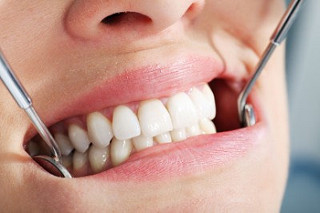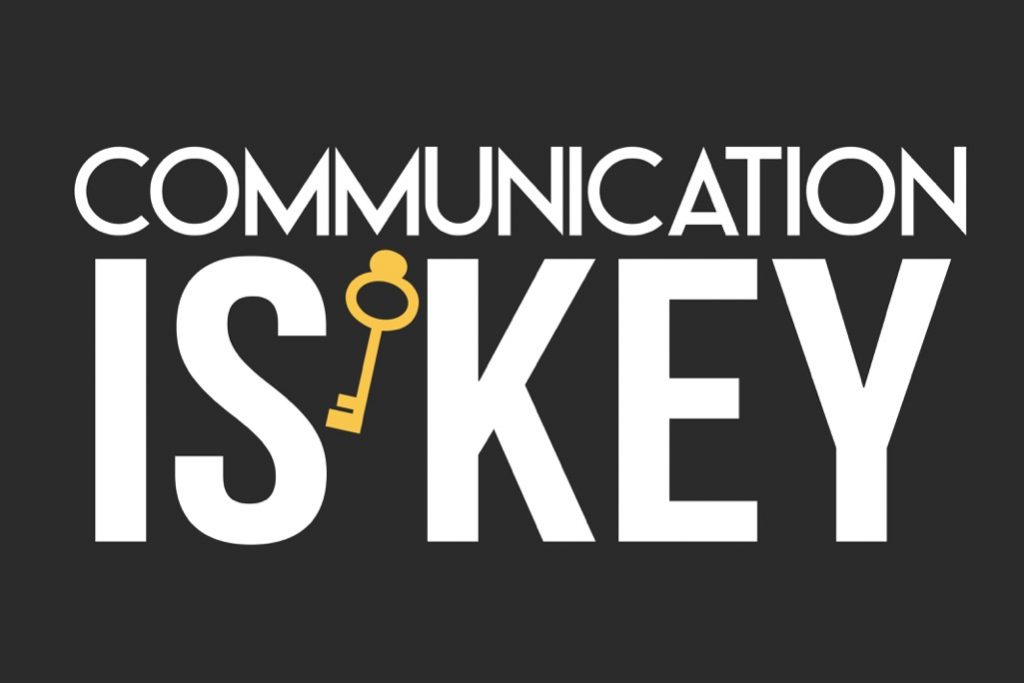We all have people we look up to, whether it is in our personal or professional life. One of those people in my professional life is the late Dr. LD Pankey. Dr. Pankey was a true visionary. There is an advanced dental education institute named after him in Florida, where dentists learn from his influential teachings.
I recently read an article he wrote in 1981, 8 years before his death. It is interesting to read some of the things he wrote, because it shows how much things have not changed and how well he understood people and his profession. I would like to share a few paragraphs from this piece:
“Another important element, then, in… (Read More)









